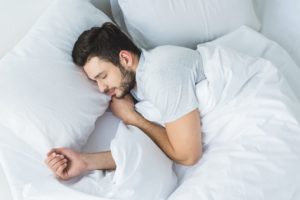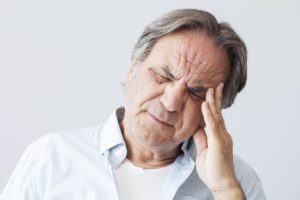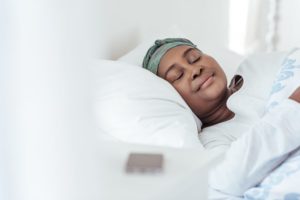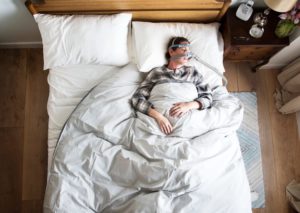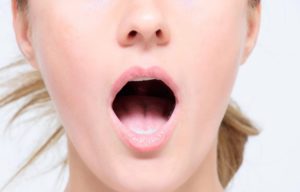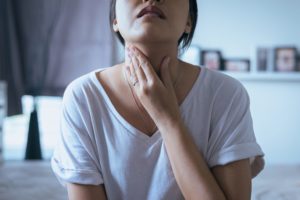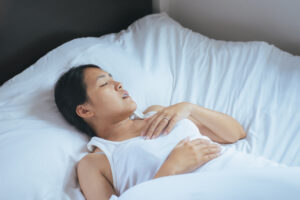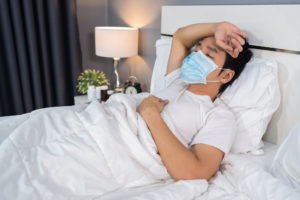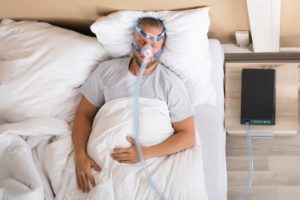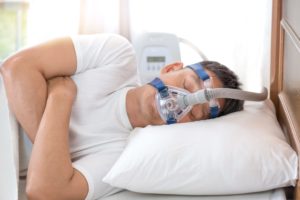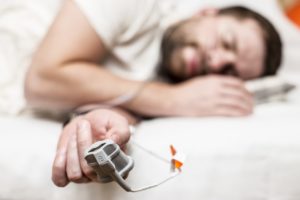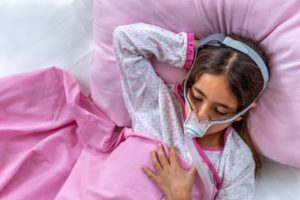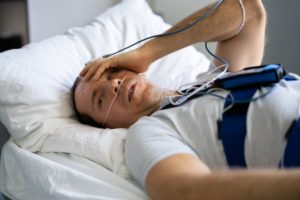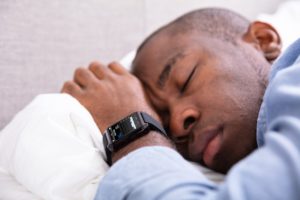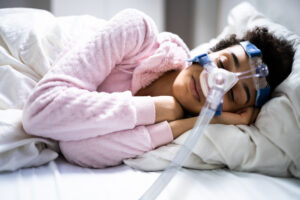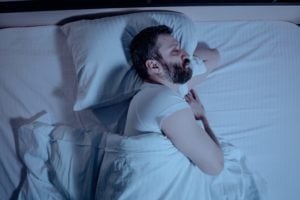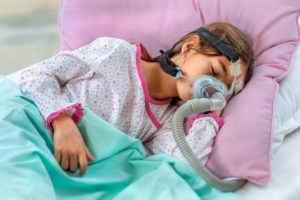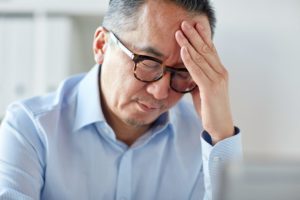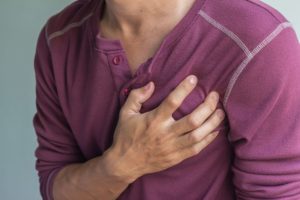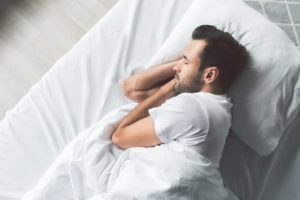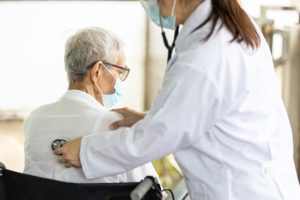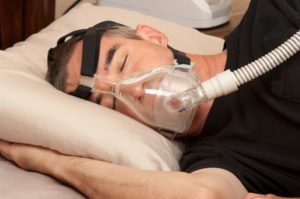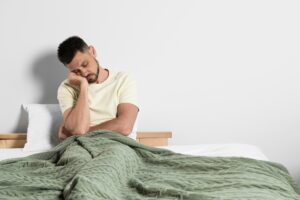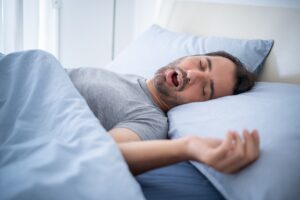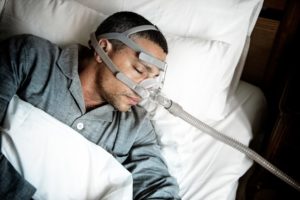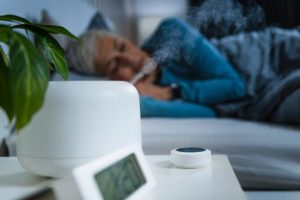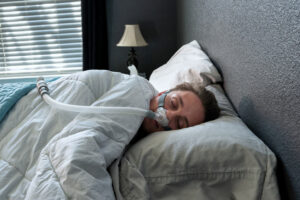When you buy through our links, we may earn a commission. Products or services may be offered by an affiliated entity. Learn more.
Orthopnea: Causes, Symptoms, and Management
- Orthopnea is shortness of breath while lying down that goes away when you stand or sit up.
- Orthopnea is commonly a symptom of a heart or lung condition.
- The cause of orthopnea is a buildup of excess fluid that increases pressure on the lungs.
- Treatment for orthopnea can include sleeping with the head and chest elevated, medication, and supplemental oxygen.
Orthopnea is a shortness of breath some people experience when lying down, which goes away once they return to an upright position. The definition of orthopnea comes from the Greek words for upright (ortho) and breath (pnoea). It’s often a sign of heart failure , but can be caused by other conditions, such as lung diseases, other heart conditions, and obesity.
What Is Orthopnea?
People who have orthopnea will begin having trouble breathing when they lie down. Once they stand or sit up, their breathing normalizes again. This makes it distinct from other breathing conditions such as:
- Dyspnea, which describes the sensation of difficult breathing, regardless of position
- Platypnea, which describes difficulty breathing when standing
- Trepopnea, which describes difficulty breathing when lying on the side
Orthopnea is also distinct from paroxysmal nocturnal dyspnea (PND), a condition where the person experiences sudden difficulty breathing during sleep. Symptoms occur a few hours after the person has fallen asleep, and the sudden shortness of breath wakes them up. Like orthopnea, changing to an upright position improves their breathing. Since relaxing into sleep is challenging when you feel like you can’t breathe, both conditions can disrupt sleep.
Understand Your Sleep Apnea Risk
Answer three questions to take charge of troubled sleep.
Symptoms of Orthopnea
If you have orthopnea, you may feel short of breath upon lying down. The sensation may come on instantly or develop gradually. You may also feel tightness or pain in your chest or experience additional symptoms like wheezing, coughing, or heart palpitations. Once you stand or prop yourself up, your breathing improves, as do any other symptoms.
The severity of orthopnea varies. Some people need just one pillow to prop themselves up and feel better, while others may need to sit fully upright or stand in order to feel relief. Some people with chronic heart failure may still exhibit symptoms of orthopnea even when sitting up, although they’ll feel better than they did when lying down. Orthopnea itself is commonly a symptom of a heart or lung condition.
What Causes Orthopnea?
Orthopnea occurs when there is a buildup of excess fluid that creates pressure around the lungs. When a person lies down, blood from the lower extremities is redistributed to the upper body, including the lungs, due to the effect of gravity. If their heart is healthy, it can handle this additional volume around the lungs and pump it out adequately.
When the heart is weakened by heart failure or another condition, it’s not strong enough to perform this process effectively. The extra blood takes longer to get out of the heart, increasing pressure on the lungs. Fluid may leak out from blood vessels into small air sacs in the lungs, causing what’s known as pulmonary edema . These sacs assist with the exchange of oxygen and carbon dioxide in the body. When fluid builds up, it disrupts the exchange, making it harder for the lungs to absorb oxygen into the bloodstream.
It’s easier for the lungs to clear out excess fluid when they’re in an upright position, which is why orthopnea symptoms are relieved once the person stops lying down. Orthopnea can be associated with health conditions such as:
- Heart failure
- Chronic obstructive pulmonary disease (COPD)
- Obesity
- Anxiety or panic disorder
- Pulmonary edema
- Pneumonia
- Sleep apnea
- Snoring

Diagnosis
A doctor suspects orthopnea when a person experiences shortness of breath when lying down, and they exhibit other symptoms of one of the conditions commonly associated with orthopnea, such as heart failure, COPD, obesity, anxiety, or another heart or lung disease.
During your appointment, your doctor will ask you about the onset and timing of your symptoms, in order to distinguish orthopnea from another type of breathing difficulty. They will also ask you to describe the severity of your orthopnea; for example, they may ask how many pillows you need to use to feel relief. If you haven’t yet been diagnosed with a related underlying condition, your doctor may order additional tests, such as a chest X-ray, electrocardiogram, echocardiogram, pulmonary function test, or blood test, to evaluate for potential causes.
Treatments
Treatments for orthopnea are focused on minimizing symptoms and treating the underlying cause. Specific treatments for orthopnea include pillow positioning, supplemental oxygen, and medication. Depending on the severity of the underlying condition, doctors may prescribe lifestyle changes, medications, medical devices, or surgery.
Propping yourself up with a pillow can help you breathe better by reducing fluid migration to the upper body. You can also use an adjustable mattress to raise the head of the bed, or foam wedges underneath the mattress.
A number of medications may be prescribed to improve orthopnea symptoms, including drugs that strengthen the heart, improve blood flow, or prevent fluid buildup or inflammation in the lungs. For example, if you have orthopnea due to heart failure, your doctor may prescribe diuretics, angiotensin-converting enzyme inhibitors, or beta-blockers . If your orthopnea is a symptom of COPD, your doctor may prescribe bronchodilators or inhaled steroids .
Your doctor may prescribe supplemental oxygen, which can be provided through an at-home device or at a hospital. If you regularly experience difficulty breathing, whether when lying down or doing something else, your doctor can help determine what’s causing your breathing problems and recommend appropriate therapies, such as lifestyle changes, medication, and other treatments. If you are overweight or obese, your doctor may work with you to help reduce your weight.

Still have questions? Ask our community!
Join our Sleep Care Community — a trusted hub of sleep health professionals, product specialists, and people just like you. Whether you need expert sleep advice for your insomnia or you’re searching for the perfect mattress, we’ve got you covered. Get personalized guidance from the experts who know sleep best.
References
6 Sources
-
Nava, S., Larovere, M. T., Fanfulla, F., Navalesi, P., Delmastro, M., & Mortara, A. (2003). Orthopnea and inspiratory effort in chronic heart failure patients. Respiratory Medicine, 97(6), 647–653.
https://pubmed.ncbi.nlm.nih.gov/12814149/ -
Mukerji, V. (1990). Dyspnea, Orthopnea, and Paroxysmal Nocturnal Dyspnea. In H. K. Walker (Eds.) et. al., Clinical Methods: The History, Physical, and Laboratory Examinations. (3rd ed.). Butterworths.
https://pubmed.ncbi.nlm.nih.gov/21250057/ -
Mesiha, N., Mazhar, N., Tieku, S., Hasan, S., & Goldsmith, D. (2017). Not every orthopnea means heart failure. American Journal of Respiratory and Critical Care Medicine, 195(1), A5517.
https://www.atsjournals.org/doi/abs/10.1164/ajrccm-conference.2017.195.1_MeetingAbstracts.A5517 -
A.D.A.M. Medical Encyclopedia. (2019, July 15). Pulmonary edema. MedlinePlus., Retrieved April 19, 2021, from
https://medlineplus.gov/ency/article/000140.htm -
Ashley, E.A. & Niebauer, J. (2004). Heart failure. In Cardiology Explained. Remedica.
https://www.ncbi.nlm.nih.gov/books/NBK2218/ -
Marciniuk, D. D., Goodridge, D., Hernandez, P., Rocker, G., Balter, M., Bailey, P., Ford, G., Bourbeau, J., O’Donnell, D. E., Maltais, F., Mularski, R. A., Cave, A. J., Mayers, I., Kennedy, V., Oliver, T. K., Brown, C., & Canadian Thoracic Society COPD Committee Dyspnea Expert Working Group (2011). Managing dyspnea in patients with advanced chronic obstructive pulmonary disease: a Canadian Thoracic Society clinical practice guideline. Canadian Respiratory Journal, 18(2), 69–78.
https://pubmed.ncbi.nlm.nih.gov/21499589/



